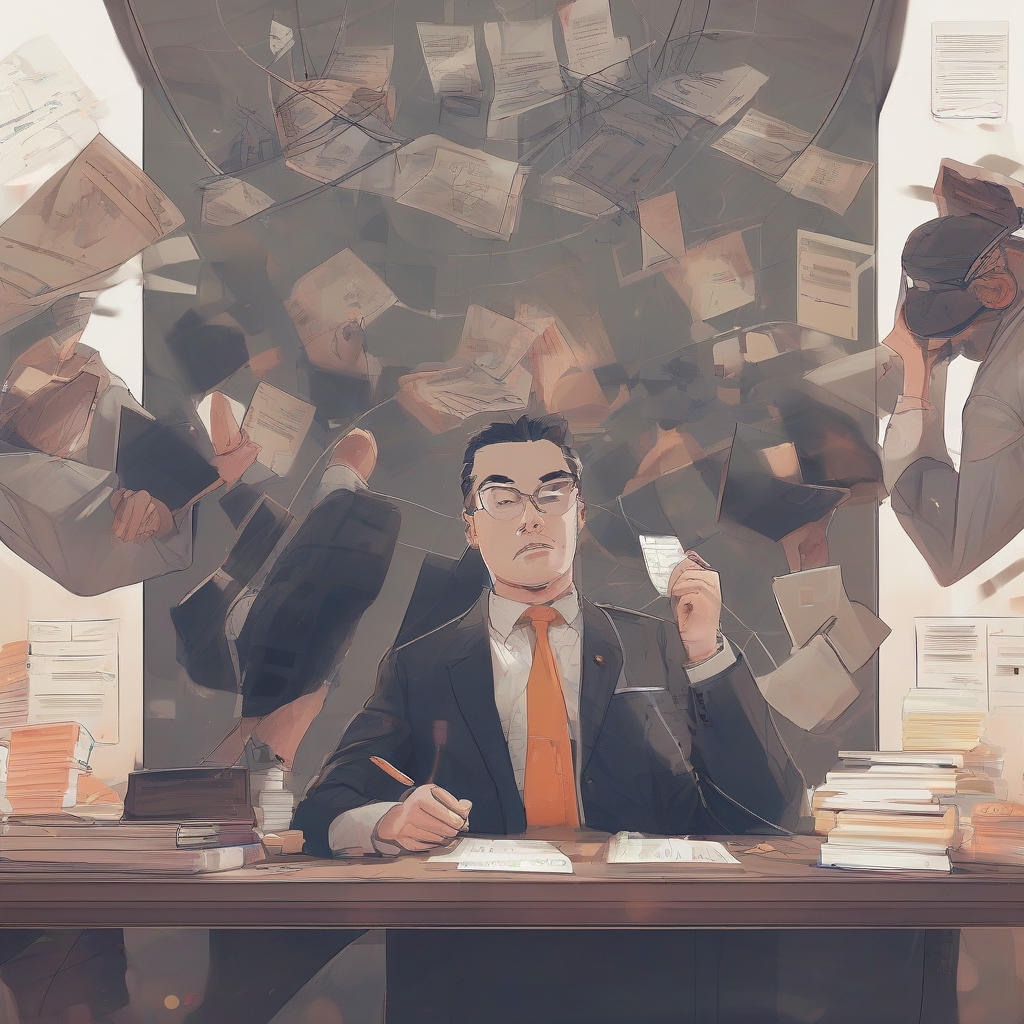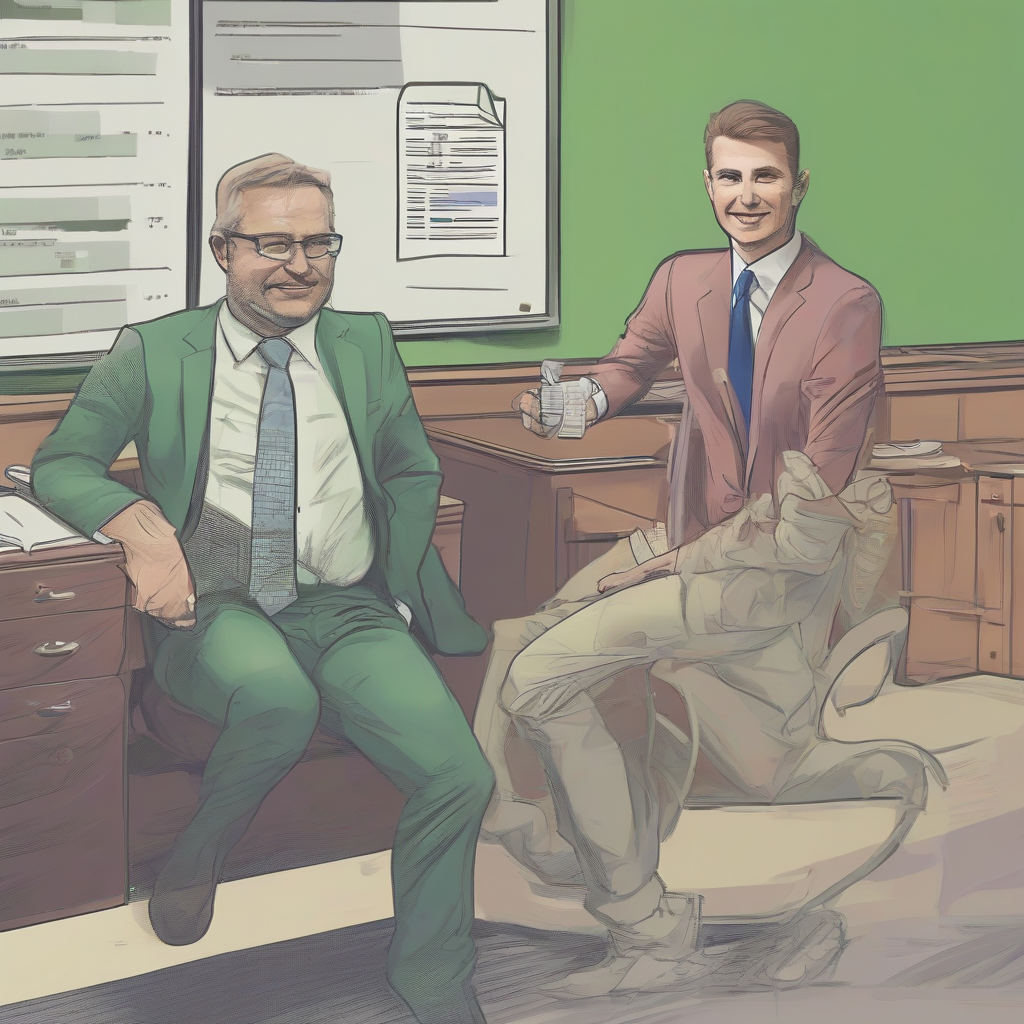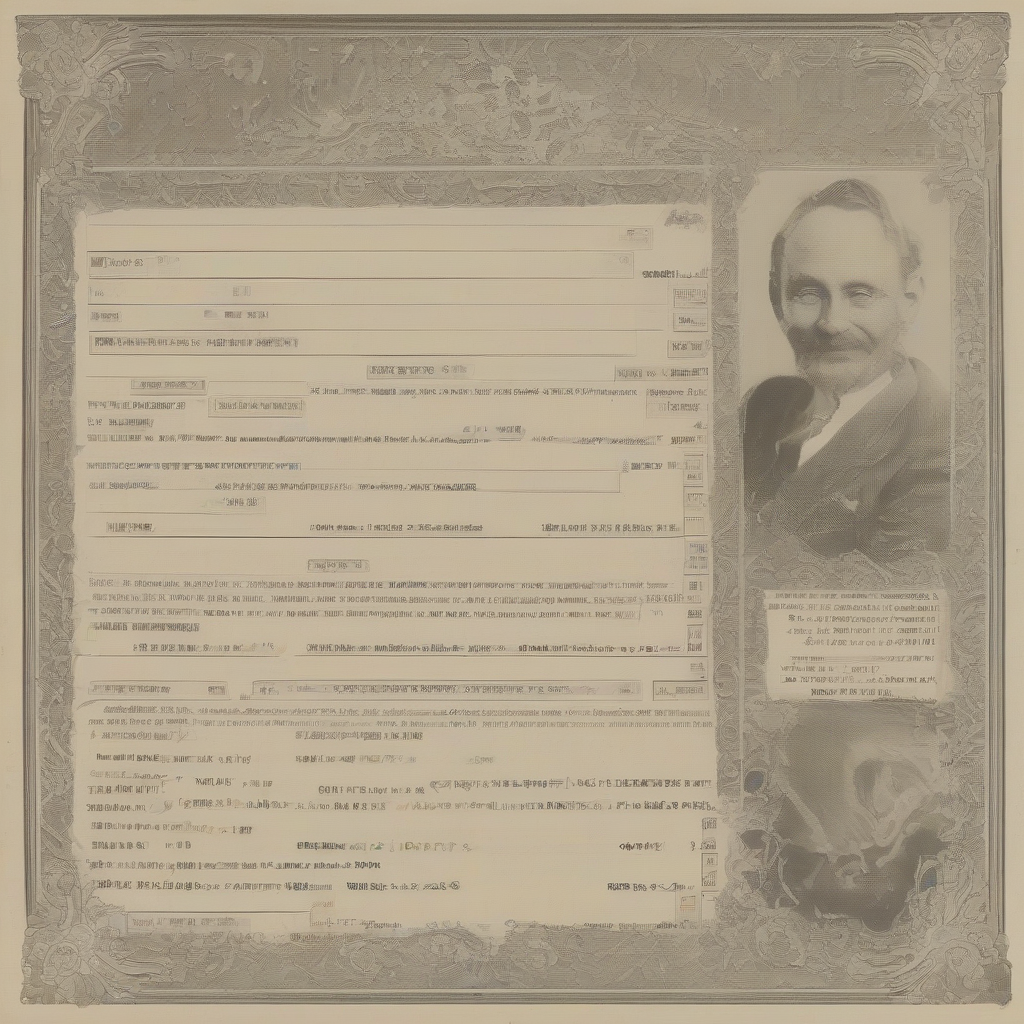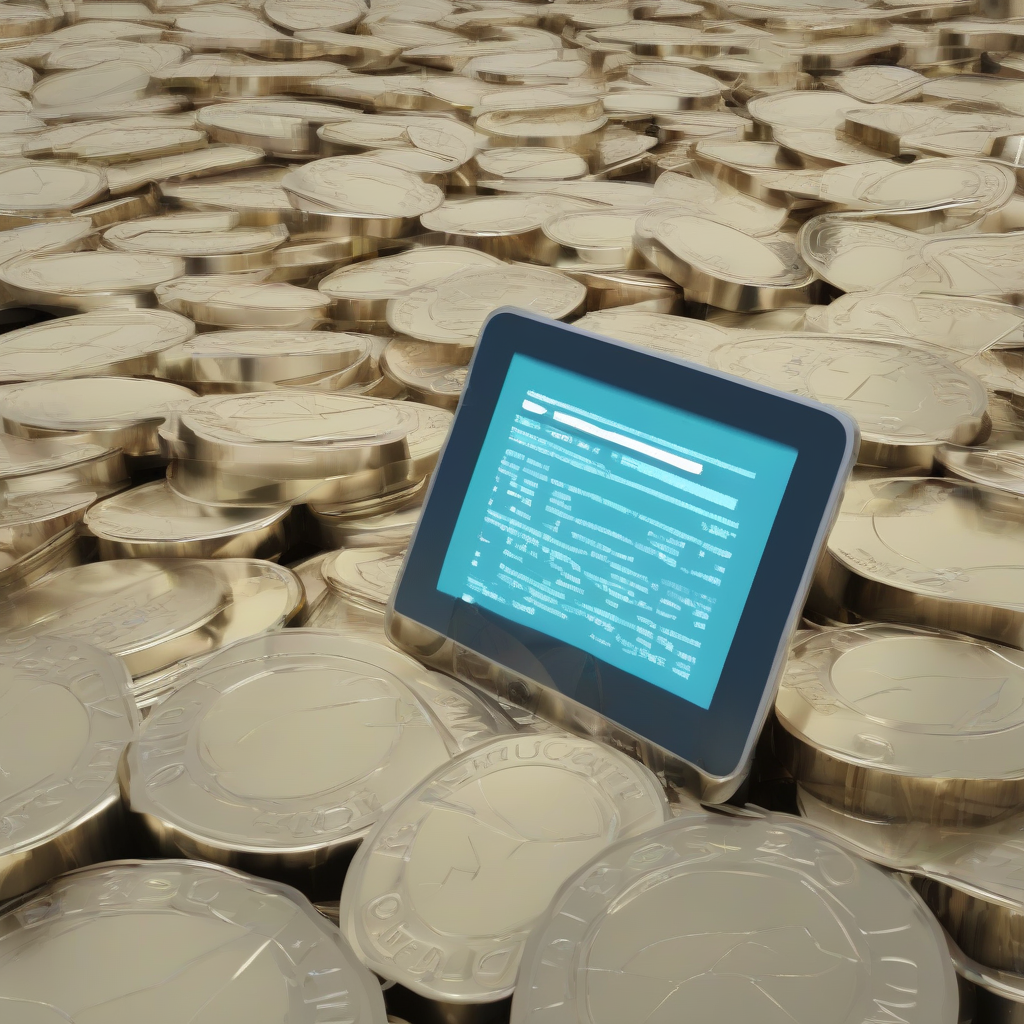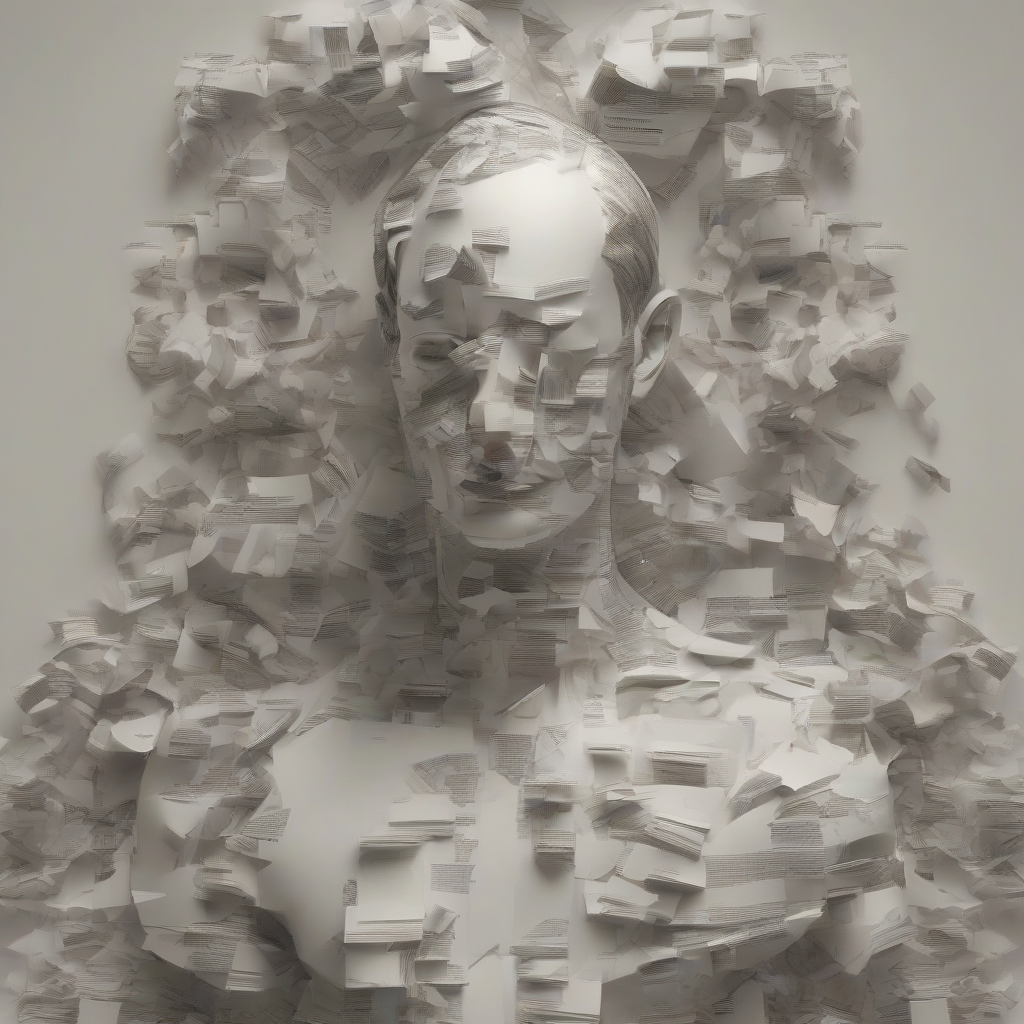Investing in Art: A Comprehensive Guide for Beginners and Savvy Collectors
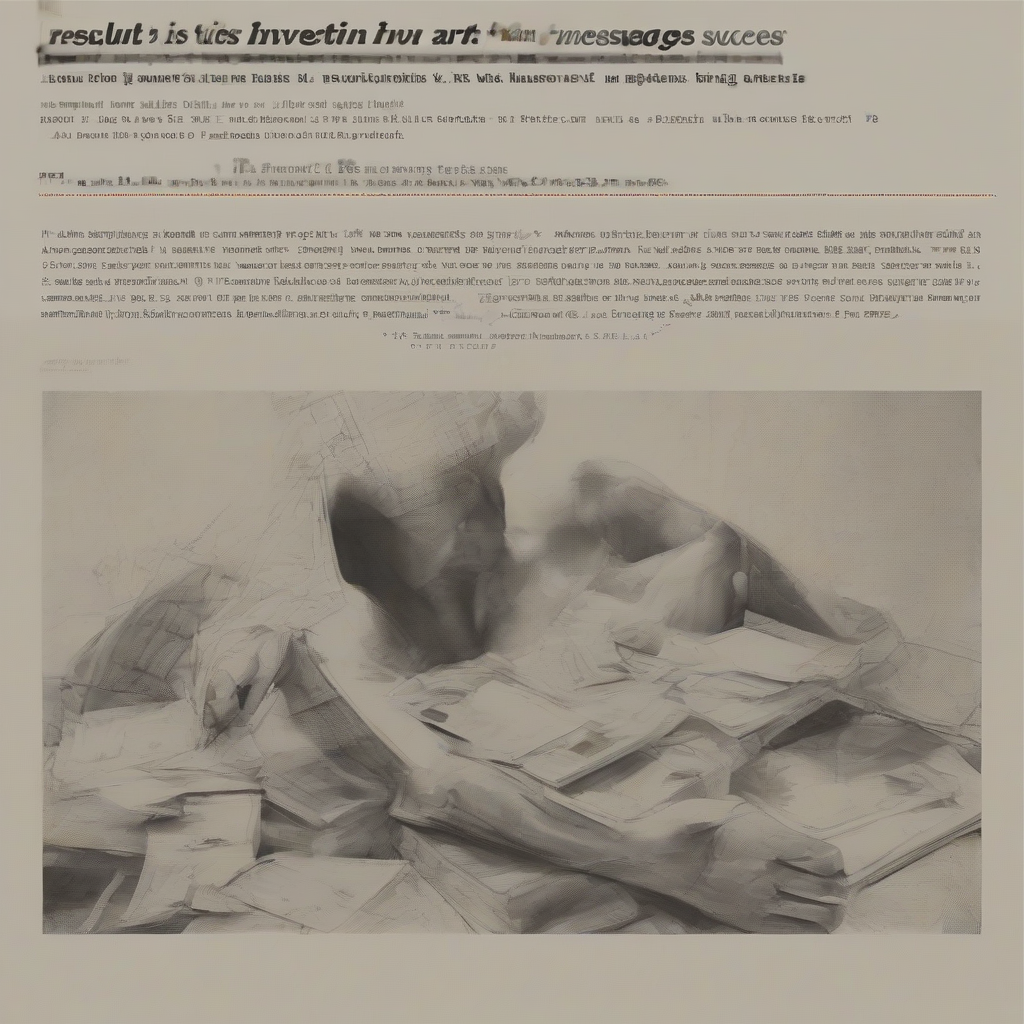
Investing in Art: A Comprehensive Guide for Beginners and Savvy Collectors
Investing in Art: A Comprehensive Guide
Introduction: Why Art Matters
- Art as a tangible asset class: Unlike traditional investments like stocks or bonds, art offers a physical presence, adding a unique appeal.
- Diversification and portfolio enhancement: Art can serve as a hedge against inflation and market volatility, providing diversification for portfolios.
- Beyond financial returns: Art investment offers a chance to engage with beauty, history, and culture, enriching lives beyond financial gains.
- Emotional connection and personal enjoyment: Art can evoke emotions and inspire contemplation, providing a sense of fulfillment and personal value.
Understanding the Art Market
Key Considerations
- Global nature: The art market is vast and interconnected, with major hubs in New York, London, Paris, Hong Kong, and others.
- Supply and demand: Art prices are influenced by factors like artist popularity, scarcity of works, and collector demand.
- Market cycles and trends: The art market exhibits cyclical patterns influenced by economic conditions, artistic movements, and cultural shifts.
- Historical context and provenance: Understanding the historical context of an artwork and its provenance (ownership history) is crucial for its valuation.
- Auction houses and galleries: These institutions play a key role in facilitating art transactions, setting prices, and influencing market trends.
Art Genres and Subgenres
- Painting: Oil painting, watercolor, acrylic, mixed media, etc.
- Sculpture: Bronze, marble, wood, installation art, etc.
- Photography: Fine art photography, documentary, street photography, etc.
- Prints: Lithographs, etchings, screen prints, etc.
- Digital Art: NFTs, generative art, digital paintings, etc.
Types of Art Investments
Traditional Art
- Blue-chip artists: Established and highly sought-after artists like Picasso, Warhol, and Monet.
- Emerging artists: Promising artists with potential for future appreciation, often with lower entry points.
- Mid-career artists: Artists whose works have gained recognition and are actively traded on the market.
Alternative Art Investments
- NFTs (Non-Fungible Tokens): Digital assets representing ownership of unique items, including digital art.
- Art funds and investment vehicles: Managed funds that pool capital from investors to acquire and manage art assets.
- Fractional ownership: Investing in shares of valuable artworks, allowing access to high-value pieces with lower capital requirements.
- Art-backed securities: Financial instruments that are backed by the value of underlying artworks, providing investment opportunities with potentially higher returns.
Investing Strategies
Due Diligence and Research
- Understanding the artist: Research their career, style, critical reception, and market history.
- Evaluating the artwork: Analyze its condition, provenance, authenticity, and artistic merit.
- Market analysis: Study market trends, auction results, and price history for similar artworks.
- Seeking expert advice: Consult with art advisors, dealers, and specialists for insights and guidance.
Risk Management and Diversification
- Understanding market volatility: Art prices can fluctuate significantly, influenced by various factors.
- Diversifying across artists and genres: Spreading investments across different artists, styles, and mediums reduces risk.
- Setting realistic expectations: Art investment involves both potential rewards and inherent risks.
- Long-term perspective: Art investments are typically held for the long term, allowing for appreciation over time.
Building a Collection
- Define your investment goals: Determine your investment horizon, risk tolerance, and desired return on investment.
- Develop a collection strategy: Consider your personal interests, budget, and desired growth areas.
- Building a relationship with galleries and dealers: Establish contacts with reputable art professionals who can guide you.
- Attending art fairs and exhibitions: Explore new artists, trends, and investment opportunities.
Legal and Ethical Considerations
- Authenticity and provenance: Ensure that artworks are genuine and have clear ownership history.
- Tax implications: Understand the tax treatment of art investments in your jurisdiction.
- Art forgery and fraud: Be cautious of counterfeit artworks and fraudulent schemes.
- Ethical considerations: Respect the ethical principles of art collecting and avoid practices that exploit artists or the market.
The Future of Art Investment
- Growing global interest: Increasing demand from emerging markets and wealthier individuals drives market growth.
- Technological advancements: Digital art, NFTs, and blockchain technology are reshaping the art landscape.
- Sustainability and ethical collecting: Concerns about environmental impact and ethical sourcing are influencing art investment choices.
- Accessibility and democratization: Platforms and technologies are making art investment more accessible to a broader audience.
Conclusion
- Investing in art offers a unique and potentially rewarding experience.
- Thorough research, due diligence, and a well-informed approach are crucial for success.
- The art market is dynamic and evolving, presenting both opportunities and challenges.
- By understanding the fundamentals, adopting smart strategies, and engaging with the art world, investors can navigate this exciting and diverse market.










